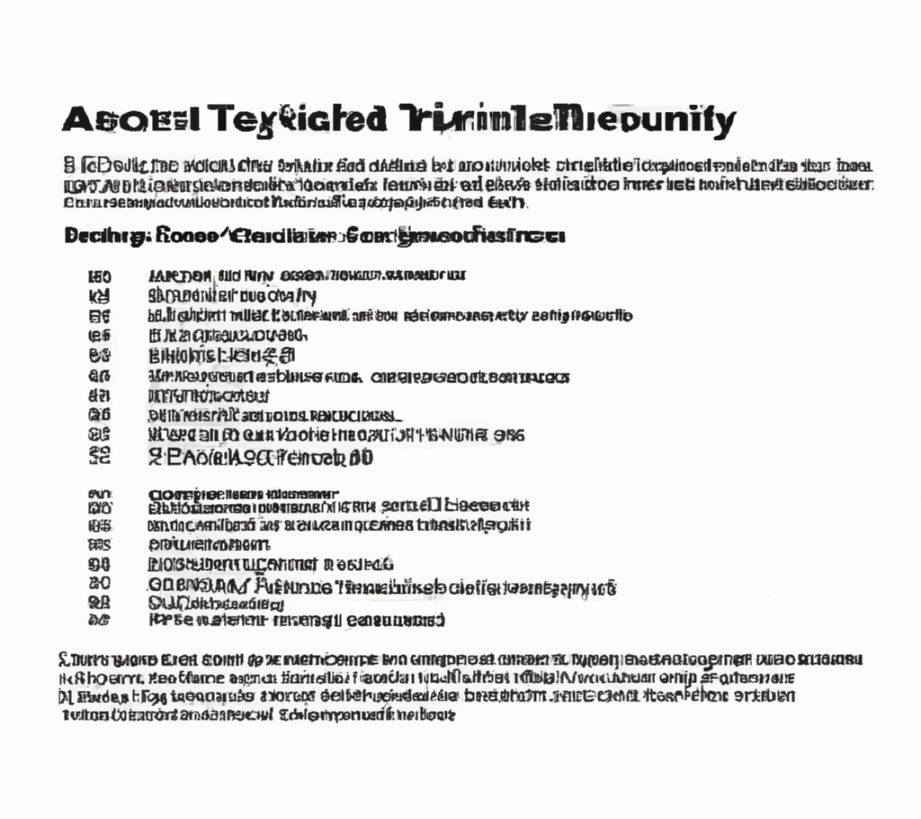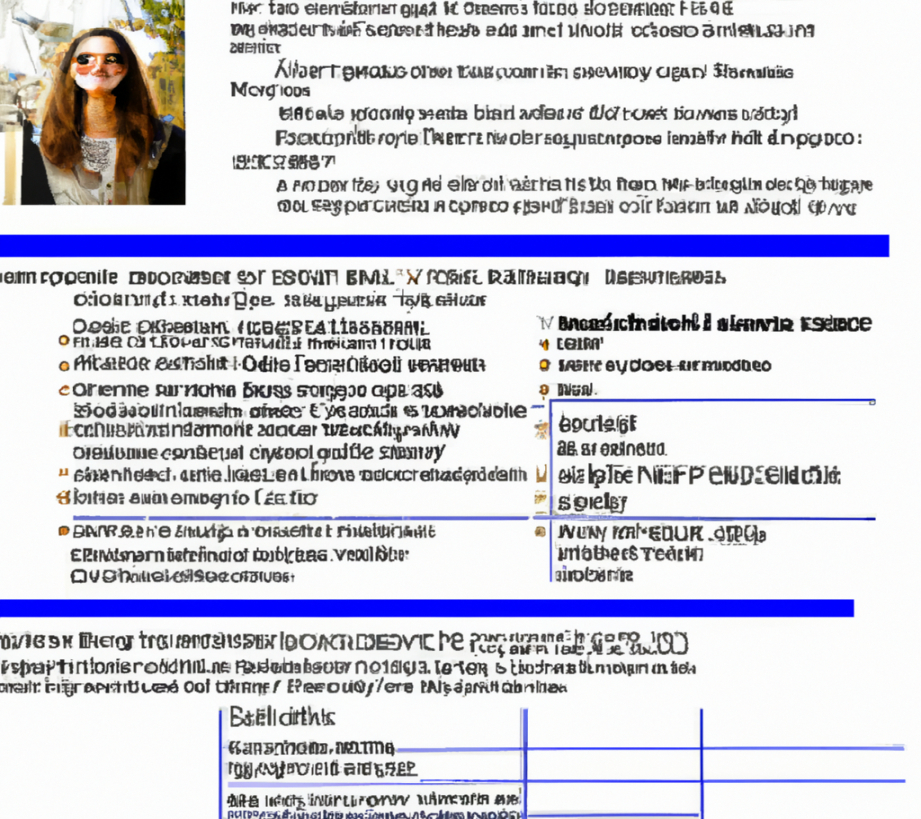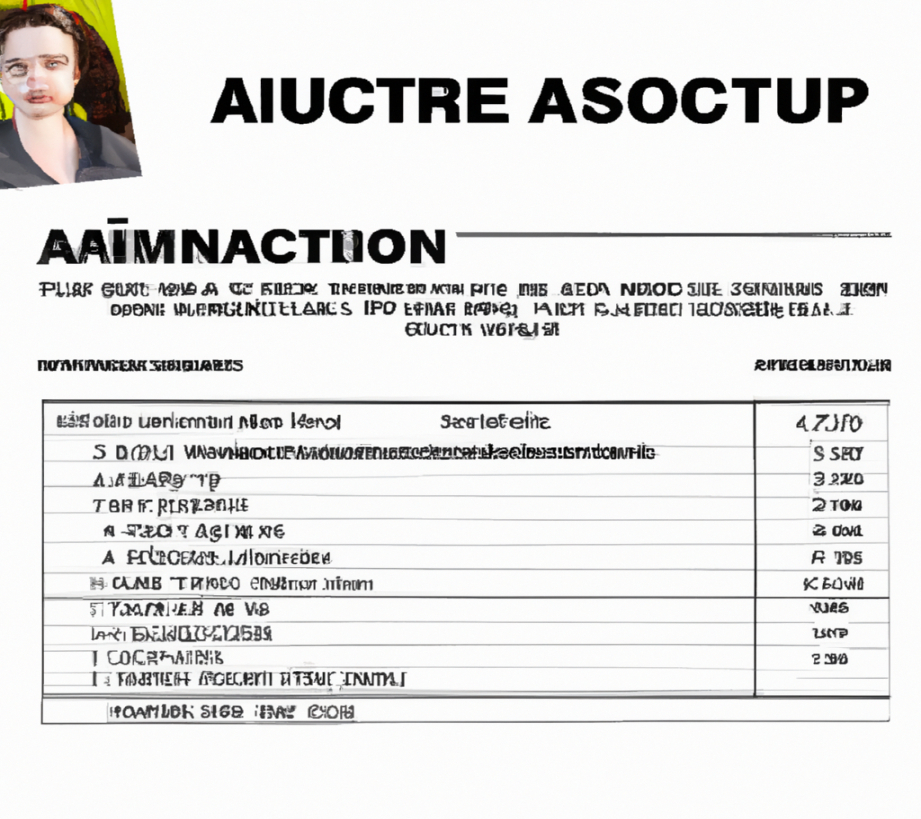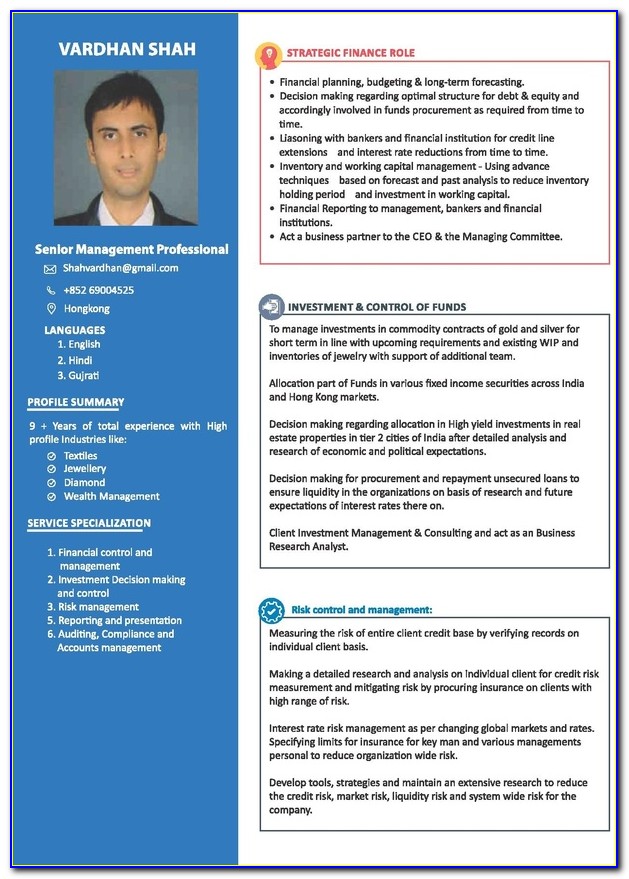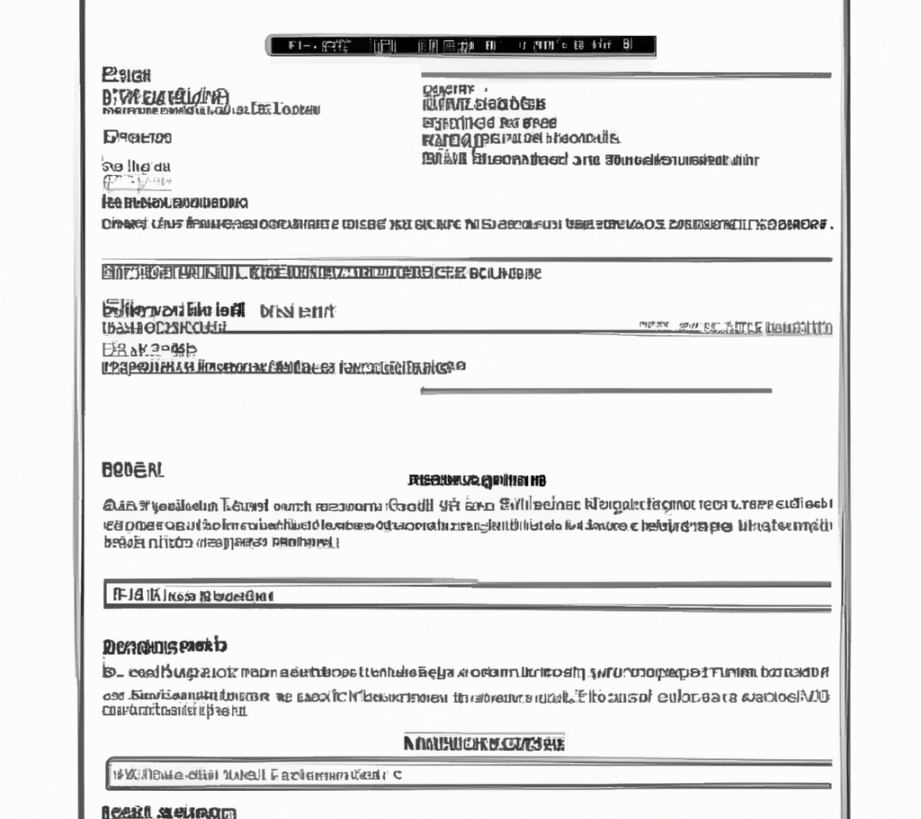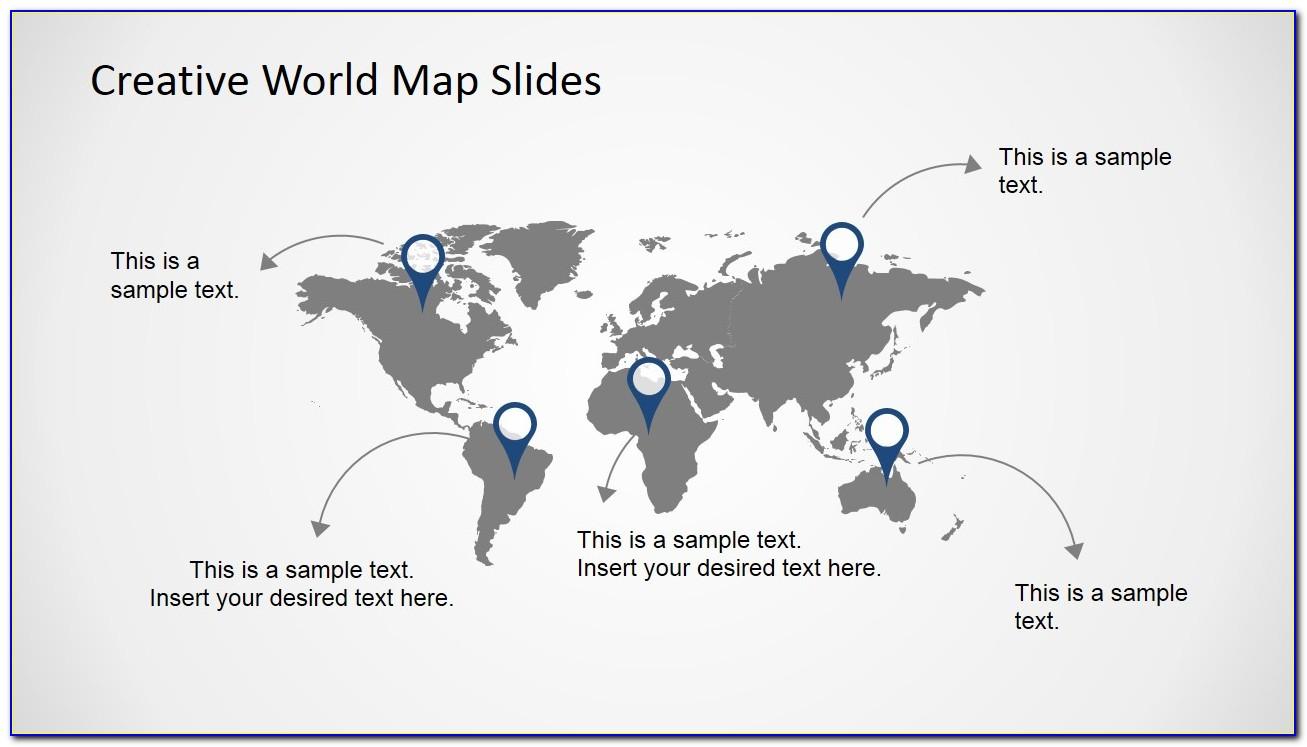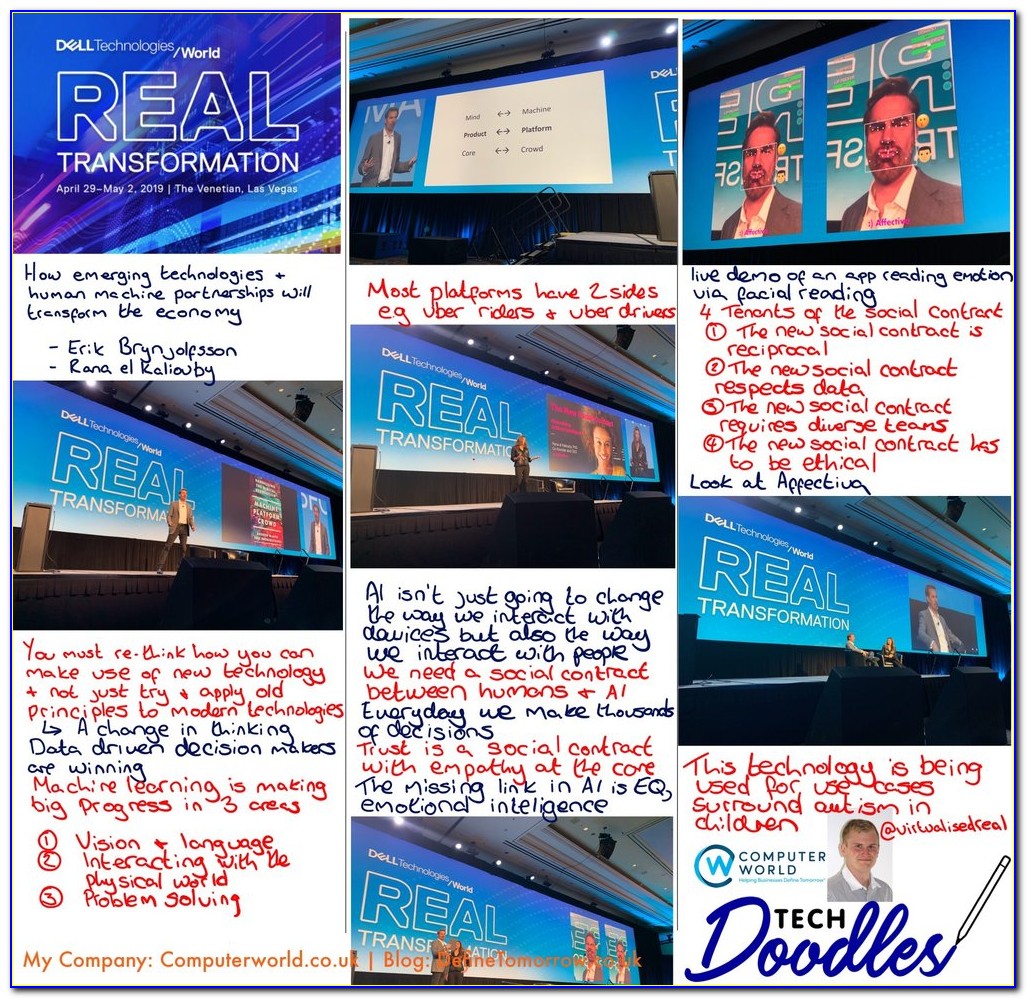Shadowing Experience: A Glimpse Into The Professional World

Image Source: windows.net
## Outline
I. Introduction
– Definition of shadow experience
– Importance of shadow experience on resumes
II. Types of shadow experience
– Volunteering
– Internships
– Job shadowing
– Informational interviews
III. Benefits of shadow experience
– Development of new skills
– Networking opportunities
– Insight into career paths
– Demonstrates initiative and dedication to learning
IV. How to include shadow experience on a resume
– Formatting and presentation tips
– Highlighting transferable skills
– Tailoring for specific job applications
V. Examples of successful shadow experience on resumes
– Real-life examples from job postings
VI. Common mistakes to avoid
– Overemphasizing shadow experience
– Underestimating the value of traditional work experience
– Failing to showcase relevant skills
VII. Conclusion
– Recap of main points
– Importance of considering shadow experience for career development
## The Value of Shadow Experience on Your Resume
In today’s competitive job market, it’s important to stand out from the crowd. One way to do this is by highlighting shadow experience on your resume. Shadow experience refers to any opportunity to observe and learn from professionals in a field you’re interested in. This could include volunteering, internships, job shadowing, or informational interviews.
### Types of Shadow Experience
Volunteering is a great way to gain hands-on experience in a particular field while also giving back to the community. For example, if you’re interested in working in healthcare, you might consider volunteering at a hospital or clinic to gain insight into the daily routines of doctors, nurses, and other medical professionals.
Internships are another valuable form of shadow experience. Many employers offer internships to college students or recent graduates, providing them with the opportunity to work on real projects and gain practical experience in a specific role or industry.
Job shadowing is a more passive form of shadow experience, but it can still be beneficial. This involves spending a few hours or a day observing a professional in their daily work activities. Job shadowing can be arranged through personal connections or by reaching out to companies or organizations of interest.
Finally, informational interviews are a great way to learn more about a particular industry or job role. This involves setting up a meeting with a professional in your field of interest to ask questions and gain insights into their career path.
### Benefits of Shadow Experience
Shadow experience provides a range of benefits, such as developing new skills, networking opportunities, and gaining insight into potential career paths. By observing professionals in action, you can learn best practices, techniques, and processes that can be applied in your own work.
Additionally, shadow experience provides networking opportunities that can be valuable for future career development. By meeting and connecting with professionals in your field, you can learn about job openings, gain referrals or introductions, and build relationships that could lead to future opportunities.
Finally, shadow experience demonstrates initiative and dedication to learning. Employers value candidates who are proactive in seeking out opportunities to learn and grow, and including shadow experience on your resume can demonstrate this quality.
### How to Include Shadow Experience on Your Resume
When including shadow experience on your resume, it’s important to format and present it effectively. Be sure to highlight transferable skills and relate your experience to the job you’re applying for. For example, if you volunteered at a nonprofit organization and gained experience in fundraising, you might highlight your ability to work collaboratively, think creatively, and communicate effectively.
Additionally, be sure to tailor your shadow experience to the specific job application. Look for keywords and phrasing in the job description and incorporate them into your resume. This can help demonstrate how your shadow experience is relevant to the position you’re applying for.
### Examples of Successful Shadow Experience on Resumes
To see how shadow experience can be effectively presented on a resume, consider the following examples:
– Volunteer experience in a local hospital, shadowing medical professionals and gaining insight into healthcare operations and patient care.
– Internship with a marketing agency, assisting with social media campaigns and conducting market research to support client projects.
– Job shadowing experience with a software developer, observing coding practices and gaining familiarity with programming languages and software tools.
### Common Mistakes to Avoid
When including shadow experience on your resume, it’s important to avoid common mistakes. One common mistake is overemphasizing shadow experience at the expense of traditional work experience. While shadow experience can be valuable, it’s important to also highlight your work experience and skills gained in previous jobs.
Another mistake is failing to showcase relevant skills gained through shadow experience. Be sure to relate your experiences to the job you’re applying for and highlight skills that are directly applicable to the role.
### Conclusion
Shadow experience can be a valuable addition to your resume, providing insights into potential career paths, developing new skills, and demonstrating initiative and dedication to learning. By effectively presenting shadow experience on your resume, you can stand out to potential employers and demonstrate your value as a candidate.
Tags :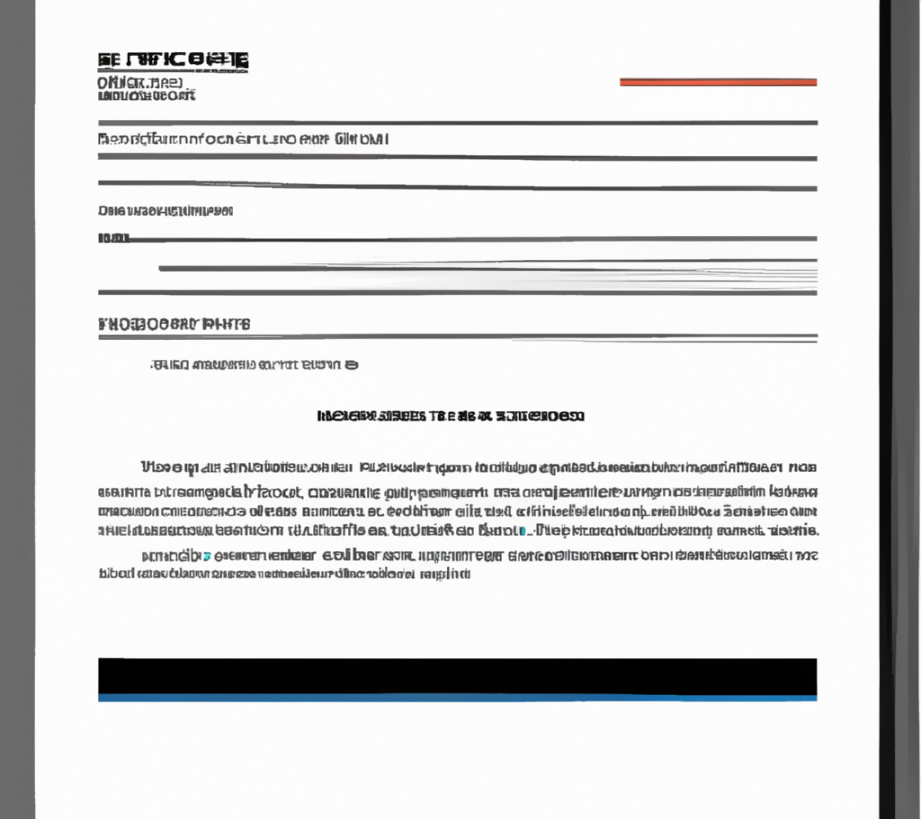
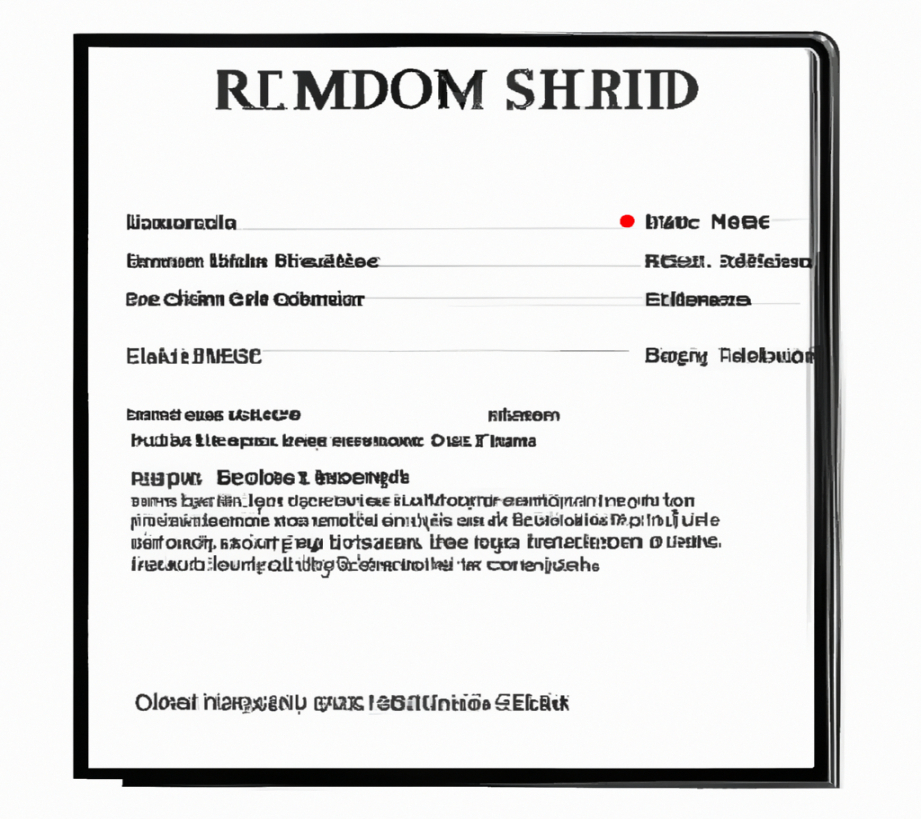
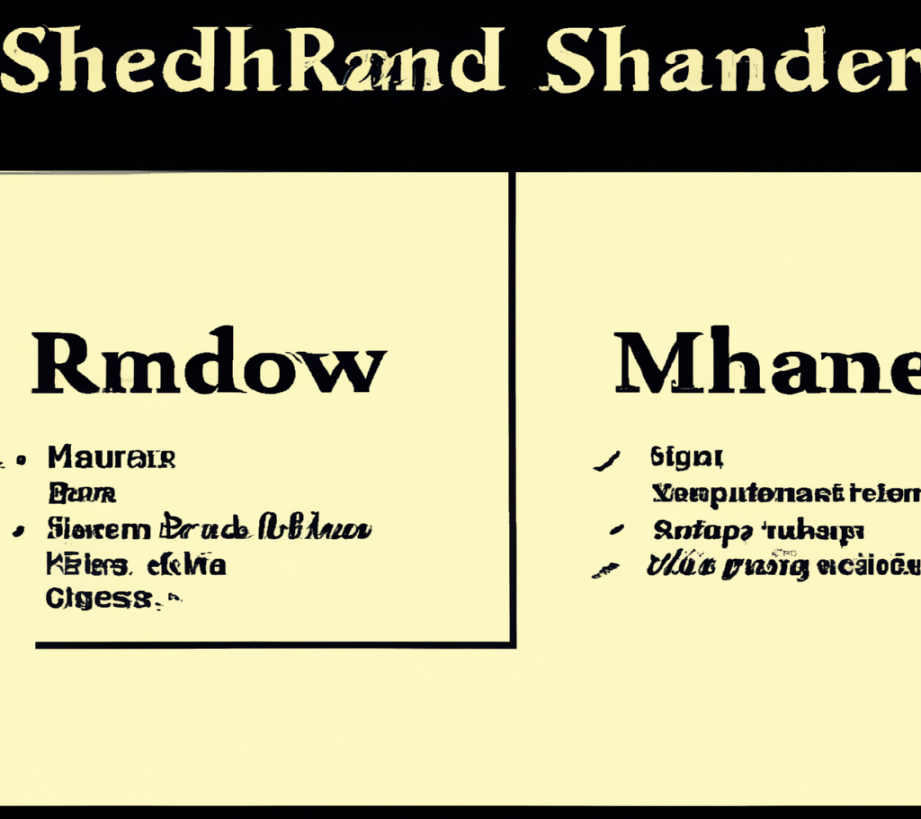
![Shadowing Experience: Gaining Valuable Insights And Skills In [Field] Industry Shadowing Experience: Gaining Valuable Insights And Skills In [Field] Industry](https://soulcompas.com/wp-content/uploads/2023/04/shadowing-experience-on-resume-1.png)
